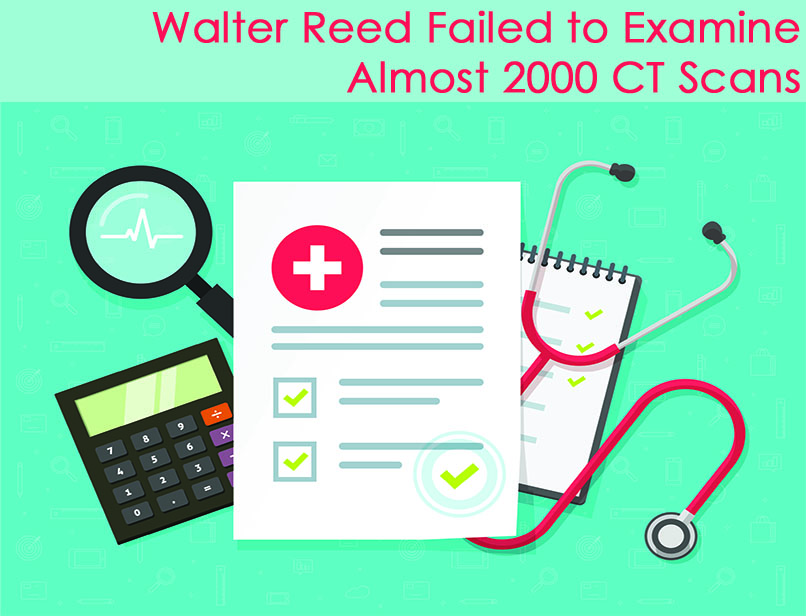
by John Vassall, MD, FACP | Physician Executive, Quality & Safety, Comagine Health
According to the article, an investigation showed that because of “a combination of faulty processes, oversights by physicians, technical snafus and a radiologist’s overwork” a backlog of 1,300 unread Cone Beam Computed Tomography (CBCT) scans of patient’s faces and jaws occurred between 2011 and 2016 at the Navy’s postgraduate dental school. Further investigation showed a 500-scan backlog occurred in 2018.
This investigation demonstrates the need for healthcare organizations to increase the amount of thought they put into patient safety and diagnostic process. In this case, what were the shortcomings or oversights in Walter Reed’s diagnostic process that led to hundreds of scans being ordered but not evaluated? In our work at the Washington Patient Safety Coalition (WPSC), we define the diagnostic process as beginning with a conversation between physician and patient and ending when the results are made known to the patient and a plan is agreed upon. This article showcases the deficiencies of Walter Reed’s diagnostic process, specifically, their care coordination and administrative processes, which may need modification.
Why were these scans ordered in the first place? The report says that “The investigation determined that the CBCT backlog did not result in adverse outcomes for patients…” Should we take comfort in that statement? On the contrary, this finding proves the scans were entirely unnecessary and in many cases their absence had no impact on patient care. It has been estimated that at least 30% of medical care in the United States is inappropriate and wasteful; we often think of waste as the use of expensive, advanced procedures when simpler, less costly procedures would suffice, or as administrative costs that do not contribute to a patient’s health. In this case we have an expensive, advanced procedure done for no apparent clinical reason, potentially causing the patient superfluous stress, and wasted time.
And finally, who pays for these unnecessary scans? Unfortunately, the patient often bears the burden of these unnecessary costs; somehow that must change. This is one of many reasons why medical bills are the leading cause of personal bankruptcy in the United States. In other words, even if unnecessary CBCT scans do not lead to adverse medical outcomes, their adverse effect on the overall health of our medical system can be significant.
The Walter Reed incident is a sad microcosm of so many of the ills seen in medical care: tests ordered routinely for no purpose, lack of coherent processes and procedures, poor communication between practitioners, and failure to involve the patient in important decisions. Our work, at the Washington Patient Safety Coalition not only addresses these problems, it works towards finding patient-focused solutions. We do this through providing educational opportunities and tools and resources for patients and providers to ensure quality healthcare standards are upheld. In 2019, we focused on improving the diagnostic process and promoting best practices of patient safety culture, and, as we look forward into 2020, this article serves as a reminder that we have so much more to do.
Find out more about the Washington Patient Safety Coalition Here.
John Vassall, MD


